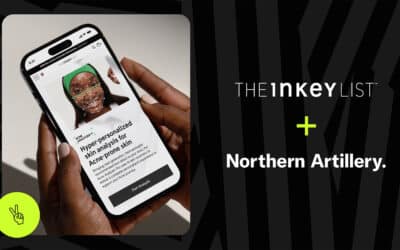Channel 4 has published its full response to the government’s consultation on whether it should move into private hands, stating there is no evidence it would be beneficial to audiences and the economy – and “may indeed cause them harm”.
In its response to the Department for Culture, Media and Sport’s (DCMS) consultation, which closes today (September 14th), the broadcaster has said that the government is “right to identify the challenges in the broadcasting sector,” but disagrees that the channel is overly reliant on declining advertising revenues.
“[Evidence] shows that Channel 4 is addressing these challenges more effectively than our competitors – we are growing our revenues despite this increase in competition and shifting quicker than others to digital. In 2021, we are projecting revenues of over £1 billion for the first time in our history with growth of +13% compared to 2019,” says the report.
Under its current model, argues the broadcaster, “we are fully focused on delivering cultural, economic and societal value for the UK” – and at no cost to the public.
It comes not long after an independent report from EY which found that pushing Channel 4 into privatisation could result in a reduction in its impact on the economy of the North of around £2 billion, and cut jobs in the independent production sector by more than a quarter.
“Innovation and change are at the heart of Channel 4,” reads the report. “The Channel 4 Board’s overwhelming aspiration is to ensure a robust and sustainable future for the organisation, and to deliver even greater impact for UK viewers and the wider creative industries – a goal we wholeheartedly share with Government.”
Benefits
In the response, Channel 4 says that under public ownership, it has delivered “significant benefits to the UK… delivering distinctive British public service content available to all for free, being a creative incubator for SMEs across the UK, levelling up the creative economy, investment in British Film, catering for underserved audiences, nurturing talent, equipping young people with the skills they need, and investing in our Nations and Regions.”
It has also outlined its plans for the future, which include excelling as the public service broadcaster for young people; expanding as publisher-broadcaster internationally; and accelerating its role as a “public service catalyst”.
The document also outlines the potential future influence of Channel 4, stating: “A Channel 4 remaining under public ownership can deliver even greater value for Britain – with more British content, projecting British soft poweroverseas and creating more British jobs”.
Concerns
“Moving Channel 4 into private ownership will have an inevitable and fundamental impact on the incentives and culture of the organisation,” says the document. “Under public ownership, the remit permeates Channel 4’s full range of programming… Under private ownership, Channel 4’s fiduciary duty would be to maximise returns to shareholders.”
Channel 4 says the risk would be that a private owner would be interested in diluting and scaling back its additional public benefits, including public service themes within programming, training and skills ventures. What’s more, “We are concerned that moving Channel 4 into private ownership could also result in a reduced diversity and quality of content for UK viewers.
“Public ownership means we can take a risk on content that may not deliver a financial return: if we had not been able to take this approach, valuable public service content and films from Slumdog Millionaire to Gogglebox may never have been commissioned at all.
“Indeed, many other shows on other broadcasters may also not have existed were it not for the creative incubator role that Channel 4 plays,” it says, pointing to the success of The Crown producer Left Bank Pictures, whose Chief Executive was supported by Channel 4 early in his career.











